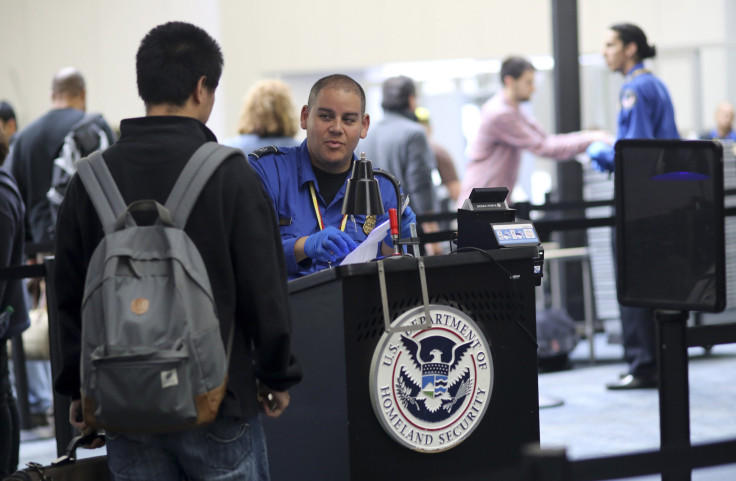Airport Security After Paris Attacks: Could ISIS Terrorism Inspire More Post-9/11 Travel Precautions?

Travelers who flew around the U.S. and abroad more than a decade ago can likely recall a different experience -- no shoe removal during security screening, no carry-on toiletry size restrictions and no requirement that Christmas gifts be unwrapped, among other now-standard policies. But after the 2001 airplane attacks that left nearly 3,000 dead in New York City, Washington, D.C., and Pennsylvania, federal officials enacted sweeping changes that over time professionalized the position of screener and increased the number of eyes and hands checking for threats among passengers.
Now those security measures could be further tightened after terrorist attacks in Paris killed more than 120 people and injured hundreds Friday night. Given that some of the Paris attackers reportedly traveled legally through Europe, future screening measures could include agents scrutinizing passengers’ backgrounds and origins, as has already been seen at U.S. airports in recent years.
The U.S. Transportation Security Administration, established Nov. 19, 2001, two months after the terror attacks of Sept. 11, 2001, have increasingly engaged in what civil liberties experts call “chat-downs.” Agents have been speaking individually with each passenger, asking about their destinations or the purpose of their travel to gauge unusual reactions, according to the New York Times. But some U.S. officials and civil rights advocates have warned that the so-called “behavioral assessments” have never been validated by science as effective and could lead to an increase in racial profiling at airports, the American Civil Liberties Union has said.
After the attack in Paris last week, some European national security officials and leaders suggested closing their ports and borders or restricting entry for travelers with passports from Middle Eastern nations, the Independent reported. Long lines could be seen at Paris' main airports this weekend after officials warned travelers to expect delays due to extended border checks. At least one of the seven attackers identified by European authorities was said to have traveled among refugees flooding into Europe in recent months due to Islamic State violence in Syria and Iraq.
While it was unclear if U.S. national security agencies would take a similar tack for migrants flying to the U.S., the country already has significant resources allocated to screening for threats among incoming and outgoing travelers. The TSA, at the time an agency of the U.S. Department of Transportation, had by December 2002 hired more than 56,000 security screeners and over 150 federal security directors to inspect luggage, conduct pat-downs and verify passenger identification at all of the nearly 430 commercial airports, according to a Cornell University analysis of post-9/11 security.
After a thwarted incident in December 2001, in which a passenger attempted to detonate a bomb in his shoe while in flight, U.S. security screeners began asking passengers to remove their shoes when passing through checkpoints. Soon after, the TSA began requiring that all liquid containers in carry-on bags be 1 quart-sized and kept in clear ziplock bags, after a scare involving liquid and aerosol products.
Full-body scanners that allow agents to seen underneath clothing were implemented in 2009 after an attempted terrorist attack by a man carrying explosives in his underwear. Some screening measures have been loosened in the last few years, for frequent fliers who are “pre-cleared” by the TSA to move quickly through checkpoints.
© Copyright IBTimes 2024. All rights reserved.






















